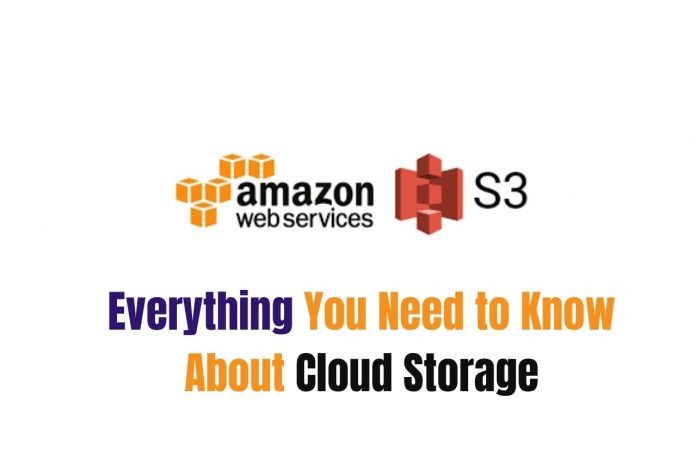S3 Bucket is one of best Cloud Storage system today.In today’s world, where data is the source of everything and we have to store substantial data, Cloud Storage is one of the most common terms we come across. Cloud Storage is a web service where we can store our data, access it, and even back up our data.
Cloud Storage is gaining popularity because it is cost-efficient. You pay for what you use. In addition, it is also very scalable and secure and provides better features than the traditional on-premise storage system.
Types of Storage

Amazon provides a range of storage and we can leverage from their alternatives. From the huge range of choices, we can pick the ones we like. Let us look into some of the options that Amazon provides for storage.
Simple Storage Service(S3)
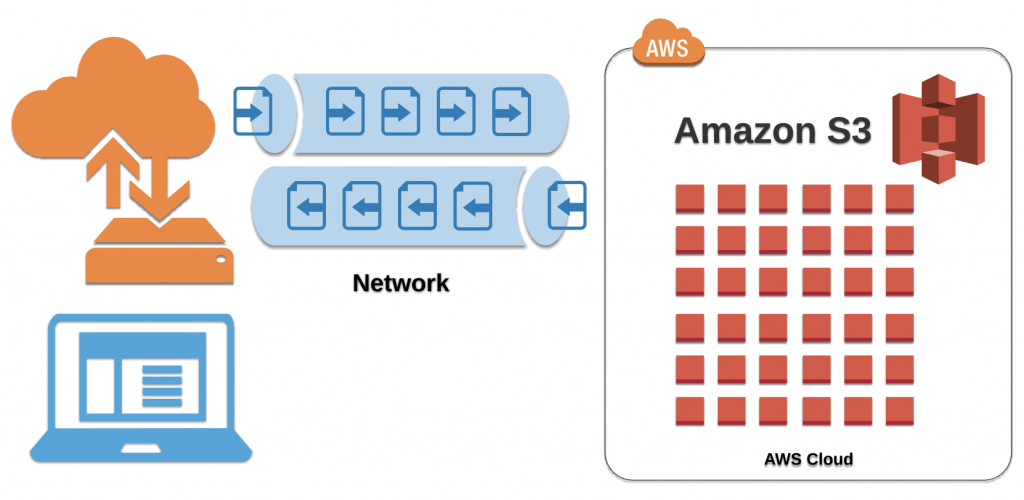
Simple Storage Service makes web-scale computing very efficient for the developers. It provides the best of durability, scalability, regional service and so on. We will dive into details of this later.
Elastic Block Storage

To begin with, Elastic Block Storage is like a hard drive that gets attached to the EC2 instance. As a matter of fact, Elastic Block Storage provides block-storage, that is, it breaks files into smaller blocks. It has been designed to be used along with EC2. It can even deliver service that needs low-latency.
Elastic File System

We use Elastic File System when we want to access the file both from the local system as well as Amazon’s environment. It is essentially a shared file system. Not just that, it is scalable, elastic and even concurrent with certain imposed restrictions.
Also read Reasons Why Python Language is famous among Data Scientists?
Glacier

Customers popularly call Glacier popularly as the ‘Archiving solution in the cloud’. As a matter of fact, we use it when we want to dump data and keep it as localhost. In fact, we use it primarily for data recovery and back up of data on a long-term basis.
Storage Gateway
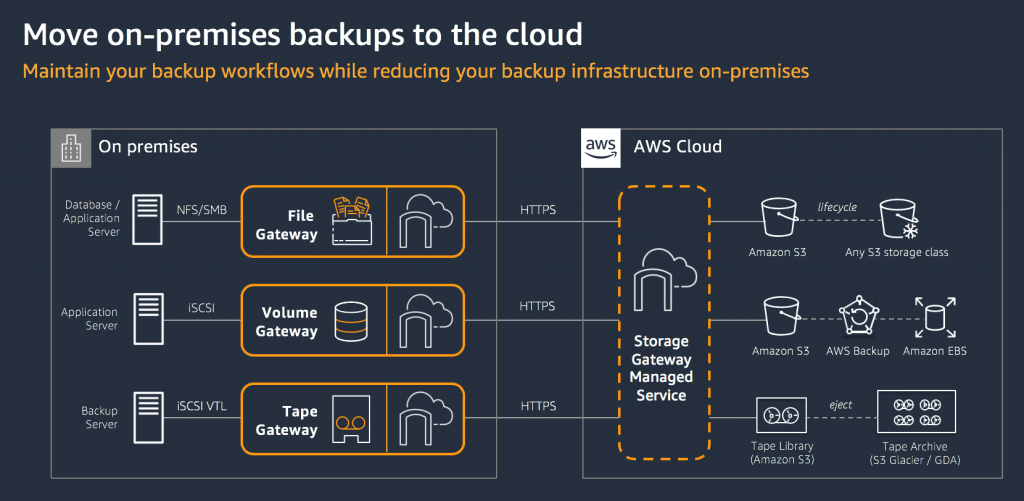
We use storage gateway when we want to move the data from local environment to the cloud environment, and even keep a copy of the data locally. We can even use storage gateway as an integration or connecting platform for on-premise to cloud-storage connection. File Gateway, Volume Gateway and Tape Gateway are the types of gateways
Snowball

Customers use snowball for data import and export. Snowball is petabyte-scaled and uses secure applications in order to transfer data, both in and out of the AWS cloud. As a matter of fact, customers can make bulk data transfer much easier using snowball. In fact, Amazon protects snowball devices by Amazon Key Management Service. Snowball helps in data transfer even faster than the normal internet speed.
What is Amazon S3 Bucket?
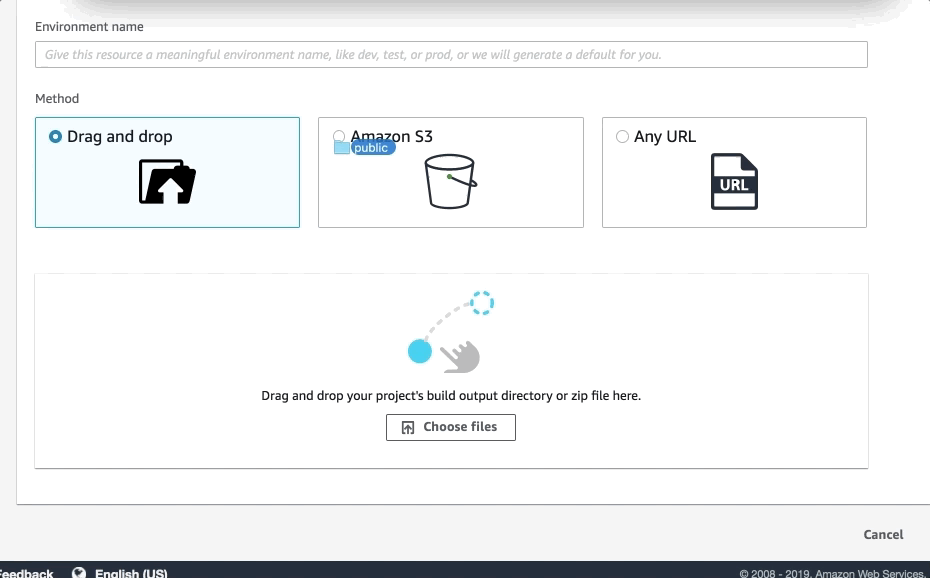
Amazon S3 is used for making web-scaling easier for developers. Developers use S3 in order to store and retrieve any amount of data – anytime , anywhere. It is a fast, scalable, fast, reliable,and inexpensive web service interface.
In order to upload data, in form of document, images, videos and so on to Amazon S3, we need to use S3 bucket. Amazon provides S3 bucket in many regions. Amazon S3 provides APIs to implement and manage these objects in the S3 bucket. Wondering what objects are? We will come back to this soon. As a matter of fact, Amazon S3 provides object storage which is built for storing and retrieving any amount of information or data from anywhere over the internet.
Best part of the Amazon S3 bucket is that it can store upto 5 terabytes in size. In addition, Amazon S3 also provides 99.99% durability and 99.99% availability of objects.
Benefits of Amazon S3 Bucket
S3 Bucket provides the following benefits –

- Durability,
- Cost Effective,
- Scalable,
- Regional service availability,
- Bucket Policy, Encryption, MFA Authentication providing high security.
Object in S3 Bucket
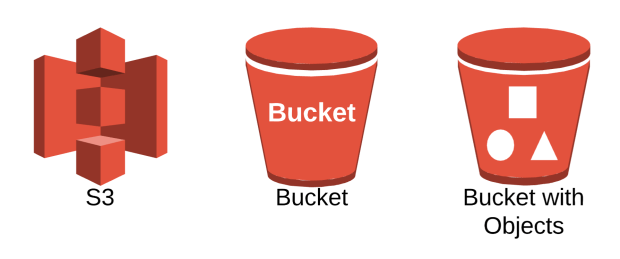
Let us understand in details the relation between Object and Bucket, now. An Amazon S3 bucket consist of a list of objects. An object consist of data, key and metadata. A bucket stores objects. We can set permissions for any objects and metadata.
The object metadata is a set of key-value pairs. As a matter of fact, we can update the metadata any time we want. The name of the key is nothing but a sequence of Unicode characters written in UTF-8.
A very important thing to remember is that Buckets always have unique name, throughout the world. In a bucket of Amazon, we have no sub-folders and sub-buckets and it has a simple structure. When data is added to the bucket, Amazon S3 creates a new version ID, and allocates it to the object.
Storage Classes of S3 Bucket
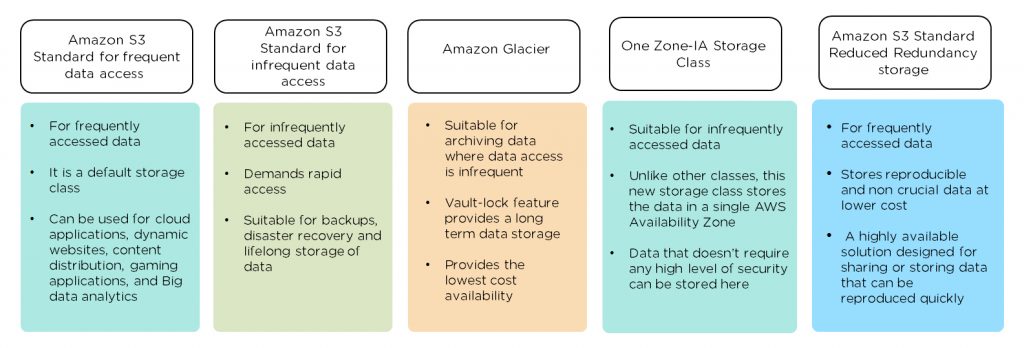
Amazon defines storage classes based on whether we need frequent or infrequent access to the data. In addition, Amazon also considers latency as a factor for defining storage classes. As a matter of fact, Amazon Glacier, One Zone and Amazon S3 Standard Reduced Redundancy storage are some of the types of the storage classes.
Features of S3 Bucket

S3 bucket has a lot of features which is why it is so popular today. Let us talks about some of the features of S3 bucket, now.
Bucket Policy of S3 Bucket

Bucket Policy is an IAM policy where users can allow and deny permission to the users’ Amazon S3 resources. With a bucket policy, we can also define security roles for specific and more than one file in the bucket.
Data Protection

A highly protected, durable and scalable infrastructure is provided by Amazon S3 bucket. Data encryption is the secret behind this. Data Encryption can happen in 2 ways – Client Side Encryption and Server Side Encryption.
Versioning
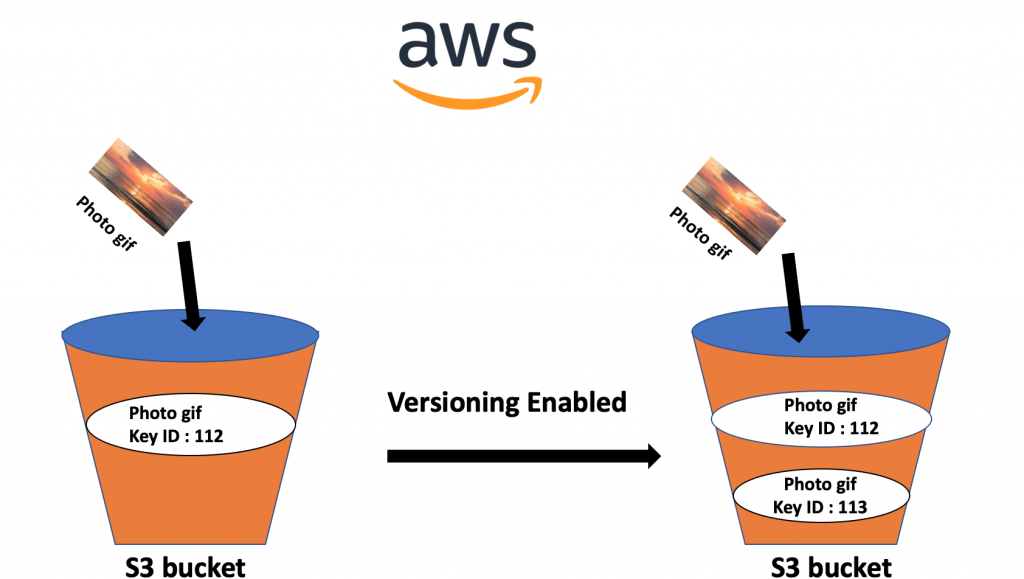
Versioning is very important. Amazon provides versioning feature to S3 bucket. Versioning can be used to recover, restore early version of every object which is stored in Amazon S3 bucket. Versioning acts like GitHub for developers, where GitHub maintains each version of the code for future reference.
Lifecycle Management

Lifecycle Management is also very beneficial. Amazon S3 provides life cycle management which defines set of rules for a section of object.As a matter of fact,these rules set actions on these specified group of objects.
Lifecycle management provides two features – Transition Actions and Expiration Actions. Transition actions moves data from one storage class to another storage class. On the other hand, Expiration Actions configure to move data from one storage class to another at a defined time interval or at a defined schedule.
Transfer Acceleration
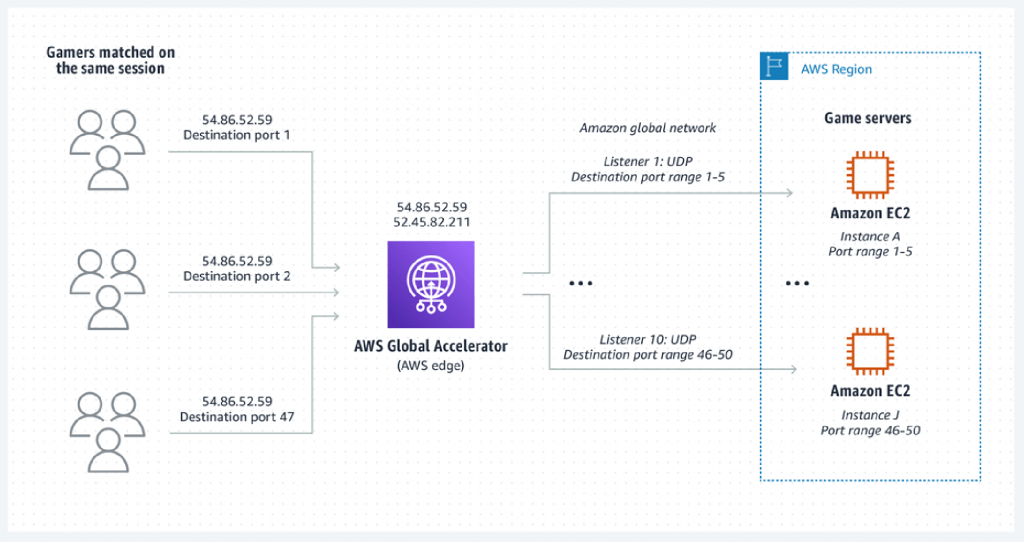
Transfer Acceleration helps in fast and secure transfer of files over long distance between the client and S3 bucket. The internal mechanism involves the use of Amazon Cloudfront. As a matter of fact, Amazon Cloudfront provides the edge locations around the world, which is used by transfer acceleration.
This covers in details the brief of S3 Bucket. Truly S3 bucket has revolutionized the storage system over the internet. Use Amazon’s S3 bucket for fast, reliable, secure storage on internet. Happy Learning!


